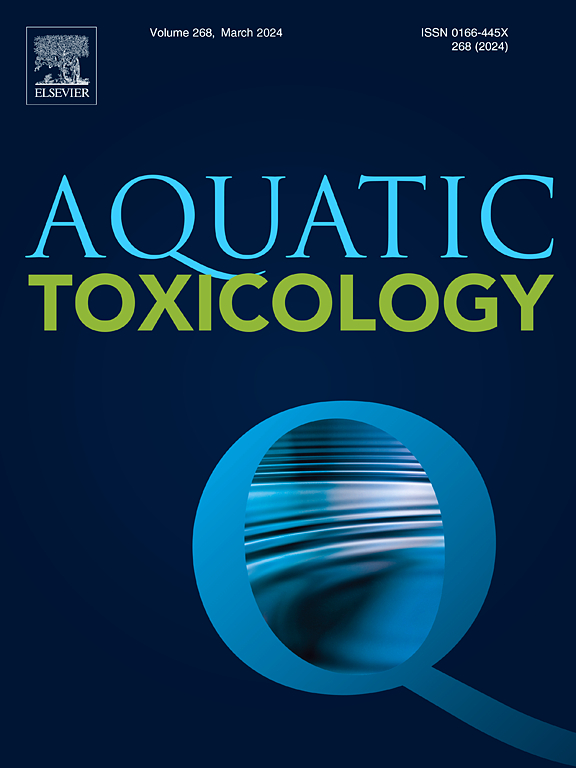环境中的纤维状微塑料:来源、发生、影响和缓解策略。
IF 4.1
2区 环境科学与生态学
Q1 MARINE & FRESHWATER BIOLOGY
引用次数: 0
摘要
纤维状微塑料(FMPs)是一类独特的微塑料,由于其无处不在以及对生态和人类健康的潜在风险,越来越多的人认识到它对环境的重大威胁。本综述全面概述了 FMP,包括其来源、在各种环境介质中的普遍性以及潜在影响。在某些环境样本中可以发现 90% 以上的 FMPs,其来源多种多样,包括合成纺织品、垃圾填埋场废物、工业排放物和大气沉积物。这些持久性污染物对陆地和海洋生态系统都构成了威胁。它们的阴险存在会导致生物摄入,可能会破坏生态系统并对人类健康构成威胁。要应对纤维织品的挑战,需要从多方面入手。减少合成纤维的生产和使用、实施有效的废物管理方法以及开发从废水和更广泛的环境中去除 FMP 的新技术都是解决方案的重要组成部分。然而,要充分了解 FMP 对生态系统和人类健康的长期影响,为制定稳健有效的缓解战略奠定基础,还必须开展进一步的研究。本文章由计算机程序翻译,如有差异,请以英文原文为准。
Fibrous microplastics in the environment: Sources, occurrence, impacts, and mitigation strategies
Fibrous microplastics (FMPs), a unique class of microplastics, are increasingly recognized as a significant environmental threat due to their ubiquitous presence and potential risks to ecological and human health. This review provides a comprehensive overview of FMPs, including their sources, prevalence in various environmental media, and potential impacts. FMPs, which can be found in over 90 % of certain environmental samples, originate from a diverse range of sources, including synthetic textiles, landfill waste, industrial emissions, and atmospheric deposition. These persistent pollutants pose a threat to both terrestrial and marine ecosystems. Their insidious presence can lead to ingestion by organisms, potentially disrupting ecosystems and posing risks to human health. Addressing the challenge of FMPs requires a multi-faceted approach. Reducing the production and use of synthetic fibers, implementing effective waste management practices, and developing new technologies to remove FMPs from wastewater and the broader environment are all crucial components of the solution. However, further research is essential to fully understand the long-term implications of FMPs on ecosystems and human health, laying the foundation for the development of robust and effective mitigation strategies.
求助全文
通过发布文献求助,成功后即可免费获取论文全文。
去求助
来源期刊

Aquatic Toxicology
环境科学-毒理学
CiteScore
7.10
自引率
4.40%
发文量
250
审稿时长
56 days
期刊介绍:
Aquatic Toxicology publishes significant contributions that increase the understanding of the impact of harmful substances (including natural and synthetic chemicals) on aquatic organisms and ecosystems.
Aquatic Toxicology considers both laboratory and field studies with a focus on marine/ freshwater environments. We strive to attract high quality original scientific papers, critical reviews and expert opinion papers in the following areas: Effects of harmful substances on molecular, cellular, sub-organismal, organismal, population, community, and ecosystem level; Toxic Mechanisms; Genetic disturbances, transgenerational effects, behavioral and adaptive responses; Impacts of harmful substances on structure, function of and services provided by aquatic ecosystems; Mixture toxicity assessment; Statistical approaches to predict exposure to and hazards of contaminants
The journal also considers manuscripts in other areas, such as the development of innovative concepts, approaches, and methodologies, which promote the wider application of toxicological datasets to the protection of aquatic environments and inform ecological risk assessments and decision making by relevant authorities.
 求助内容:
求助内容: 应助结果提醒方式:
应助结果提醒方式:


